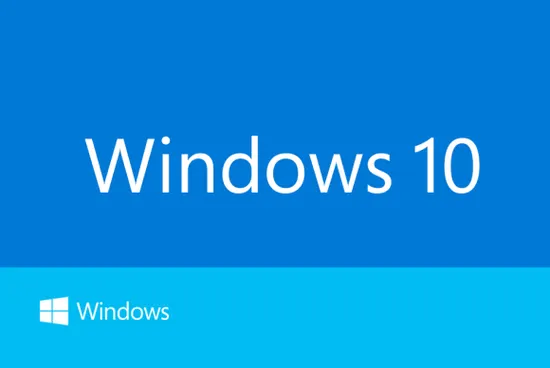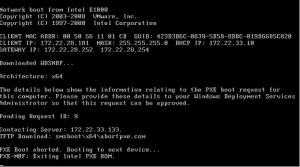How to Speed Up Your Windows 10 Performance (Best Settings)



How to Speed Up Your Windows 10 Performance (Best Settings)
Is your Windows 10 computer feeling a bit sluggish lately? Are you frustrated by slow boot times and laggy performance when running applications? Don’t worry; you’re not alone. Over time, Windows 10 can accumulate digital clutter, inefficient settings, and outdated drivers that can drag down even the most powerful PCs. In this comprehensive guide, we will delve into a plethora of tips and techniques to supercharge your Windows 10 performance. Whether you’re a casual user or a power user, these detailed steps will help you optimize your PC for a smoother and faster computing experience.
1. Disable Resource-Hungry Startup Programs
One of the most common reasons for a slow boot-up time is an excessive number of programs set to launch at startup. Many of these programs are unnecessary and can be disabled to speed up your system’s boot process:
Press Ctrl + Shift + Esc to open the Task Manager.
Navigate to the “Startup” tab.
You’ll see a list of programs set to launch at startup. Right-click on those you don’t need immediately and select “Disable”.
By reducing the number of startup programs, you’ll significantly improve your PC’s boot time.
2. Uninstall Unused Software and Bloatware
Over time, you may accumulate a collection of software that you rarely or never use. These unused applications not only take up valuable storage space but can also bog down your system with background processes. Here’s how to clean up your software:
Go to “Settings” > “Apps” > “Apps & features.”
Browse through the list and uninstall any programs you no longer need.
Additionally, consider removing any pre-installed bloatware that often comes with new PCs. This software can be a resource hog and may not provide any real benefit.
3. Keep Your Drivers Up to Date
Outdated or incompatible drivers can lead to a host of performance issues. To ensure your drivers are current:
Right-click on the “Start” button and select “Device Manager.”
Right-click on each device and choose “Update driver.”
Regularly updating your drivers, especially for your graphics card and motherboard, can have a significant impact on your system’s performance and stability.
4. Adjust Visual Effects for Efficiency
Windows 10 comes with a variety of visual effects that enhance the user interface but can consume system resources. You can fine-tune these settings to optimize performance:
Right-click on “This PC” and select “Properties.”
Click on “Advanced system settings.”
Under the “Performance” section, click on “Settings.”
Choose “Custom” and disable unnecessary visual effects, or select “Adjust for best performance” to let Windows choose the most efficient settings.
5. Regularly Perform Disk Cleanup
Over time, your system can accumulate temporary files, system logs, and other digital clutter that consumes valuable disk space and slows down your PC. To perform a disk cleanup:
Search for “Disk Cleanup” in the Start menu and run the tool.
Select the drive you want to clean up (usually C:).
Check the boxes for the types of files you want to delete (e.g., temporary files, system files) and click “OK.”
Regular disk cleanups can help maintain your PC’s performance by ensuring it has adequate free space.
6. Consider Hardware Upgrades
If your PC still struggles with performance after optimizing software settings, it might be time to consider hardware upgrades. Here are some options:
Upgrade Your RAM: Increasing your system’s RAM can significantly improve multitasking and overall performance.
Switch to an SSD: Replacing your traditional hard drive with a solid-state drive (SSD) can provide a dramatic boost in both boot times and application loading speeds.
Upgrade Your Graphics Card: If you’re into gaming or resource-intensive applications, a more powerful graphics card can make a noticeable difference.
Additional Tips for Ultimate Performance:
Stay Updated: Regularly install Windows updates and driver updates to ensure your system remains secure and optimized.
Use Reliable Antivirus Software: Protect your system from malware and viruses, which can significantly degrade performance.
Minimize Special Effects: Reducing or disabling animations, transparency effects, and other visual embellishments can help conserve system resources.
Optimize Power Settings: Choose the “High Performance” power plan in your power settings to ensure your PC operates at its full potential.
Physical Cleaning: Periodically clean the internals of your PC to remove dust and dirt, which can impede cooling and overall performance.
Video Tutorial: Speed Up Your Windows 10
For a more visual guide on how to implement these performance-enhancing techniques, check out this [YouTube tutorial](insert YouTube URL here):
[YouTube Tutorial: How to Speed Up Your Windows 10 Performance](insert YouTube URL here)
By following these comprehensive steps and applying these settings, you’ll be well on your way to enjoying a faster and more efficient Windows 10 experience. Don’t let a sluggish computer hold you back; take control of your Windows 10 performance today!
Conclusion
Windows 10 provides numerous tools and settings to help you optimize your PC’s performance. Whether you’re looking to speed up your boot times, improve application responsiveness, or enhance overall system efficiency, these detailed steps will empower you to get the most out of your Windows 10 experience. Remember, maintaining your PC’s performance is an ongoing process, and periodic optimization will ensure your system runs smoothly and efficiently.








